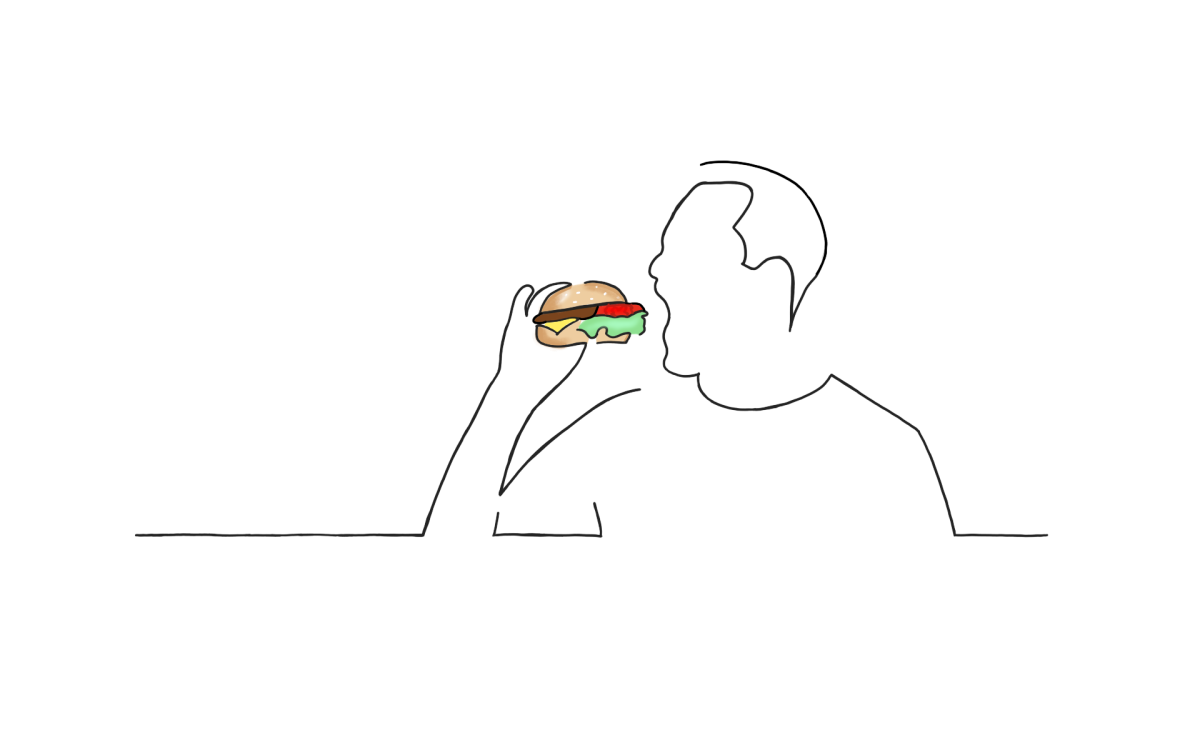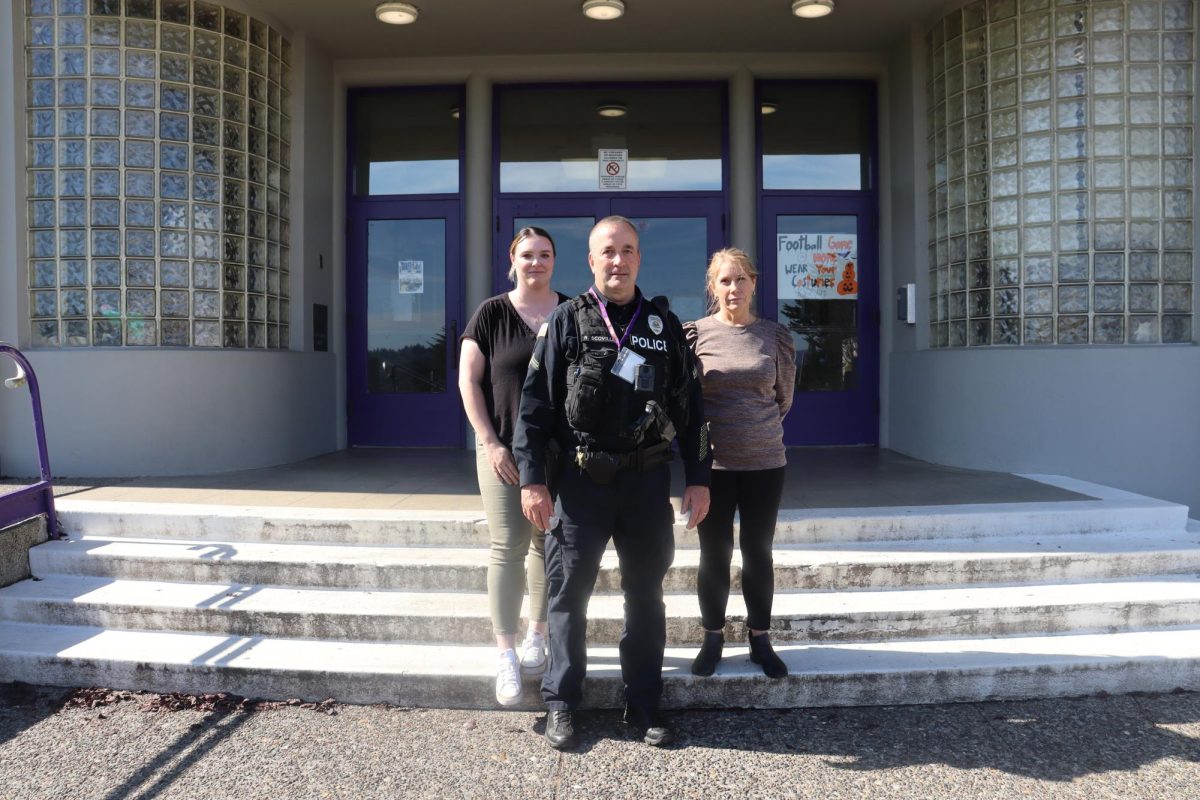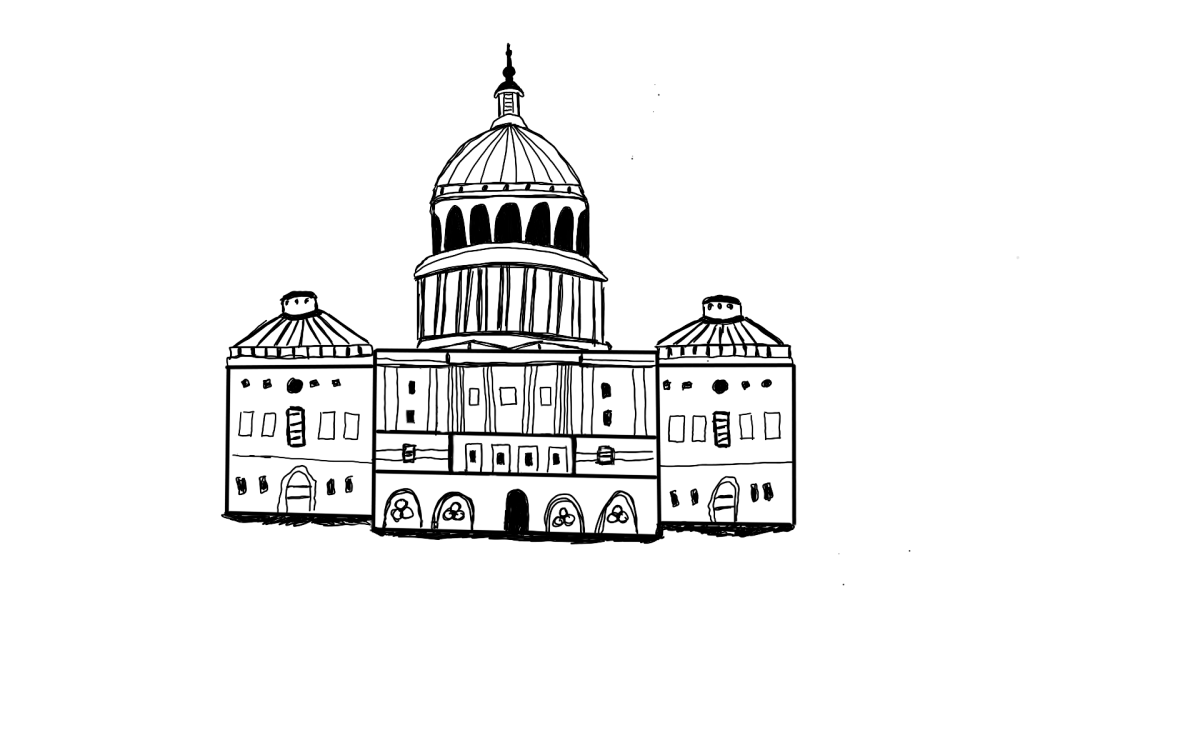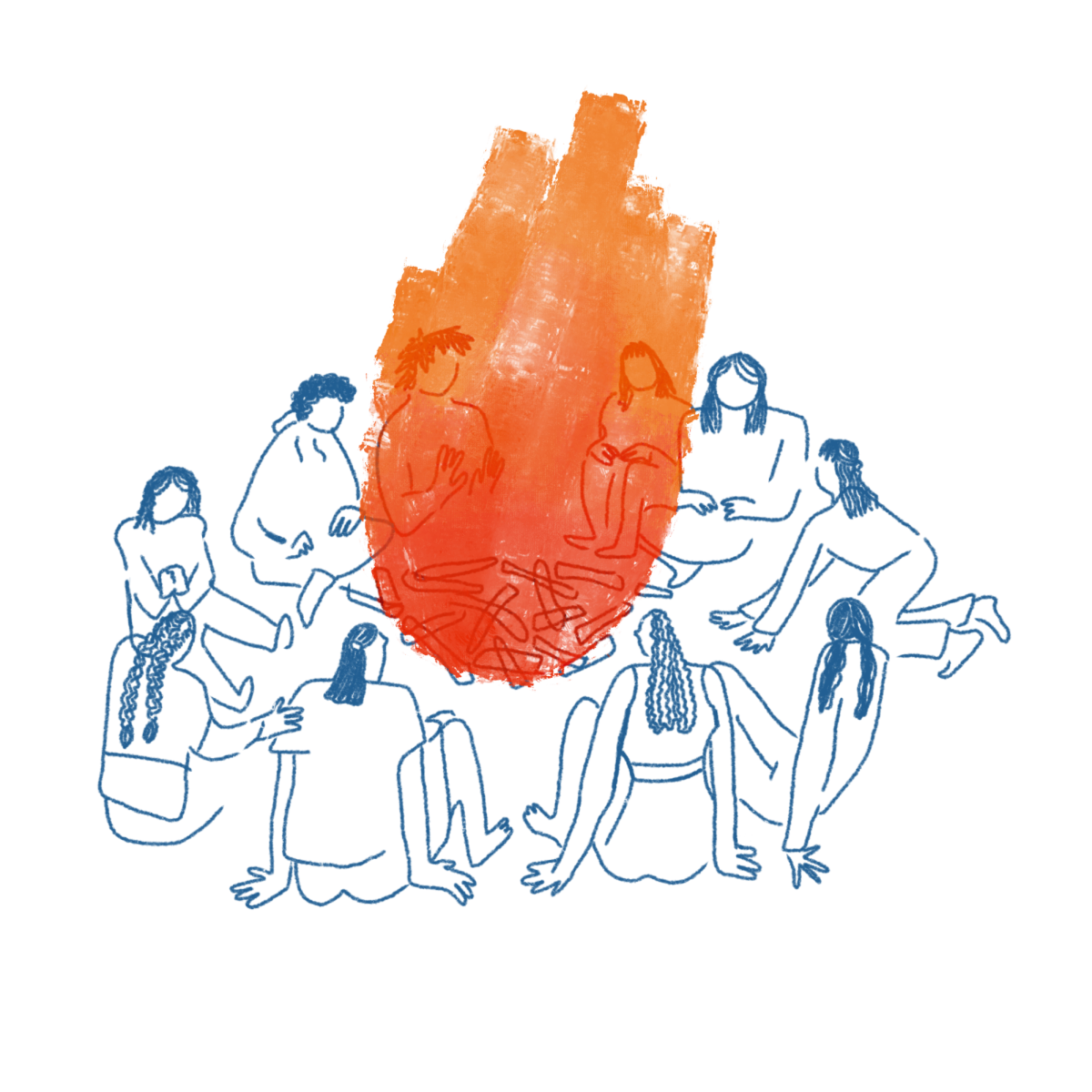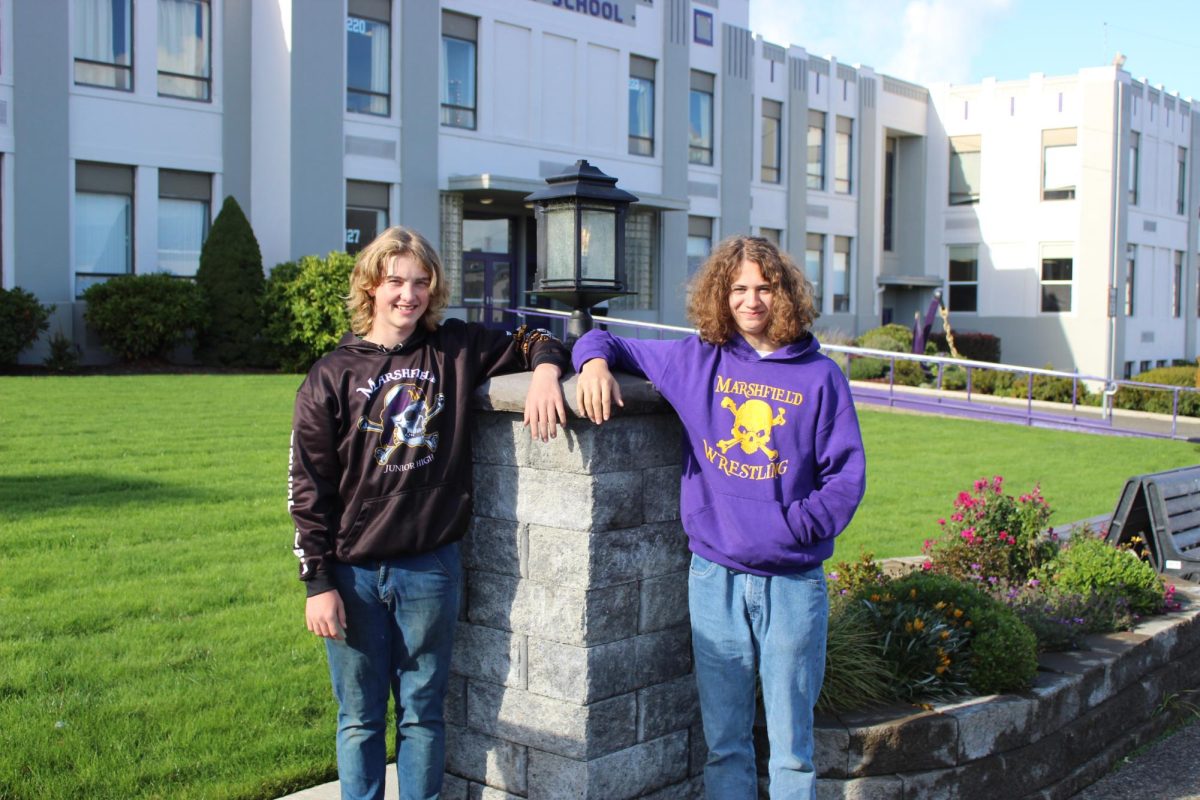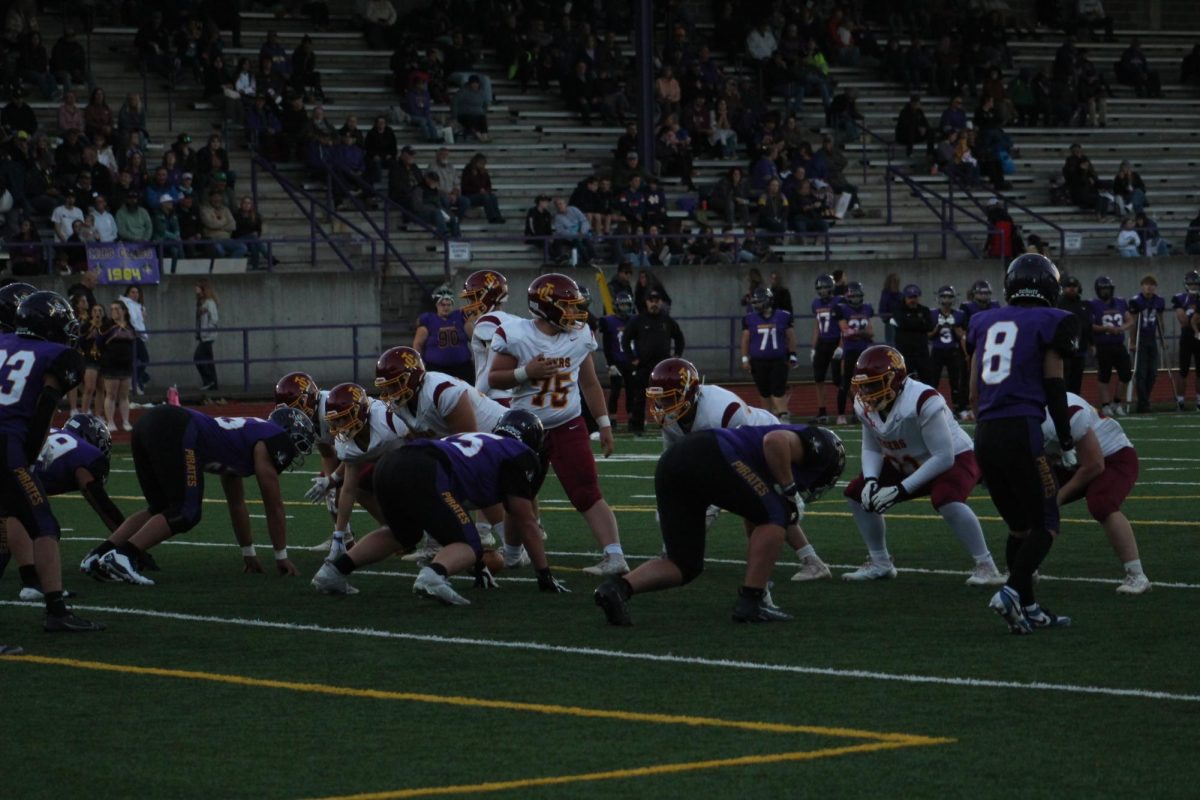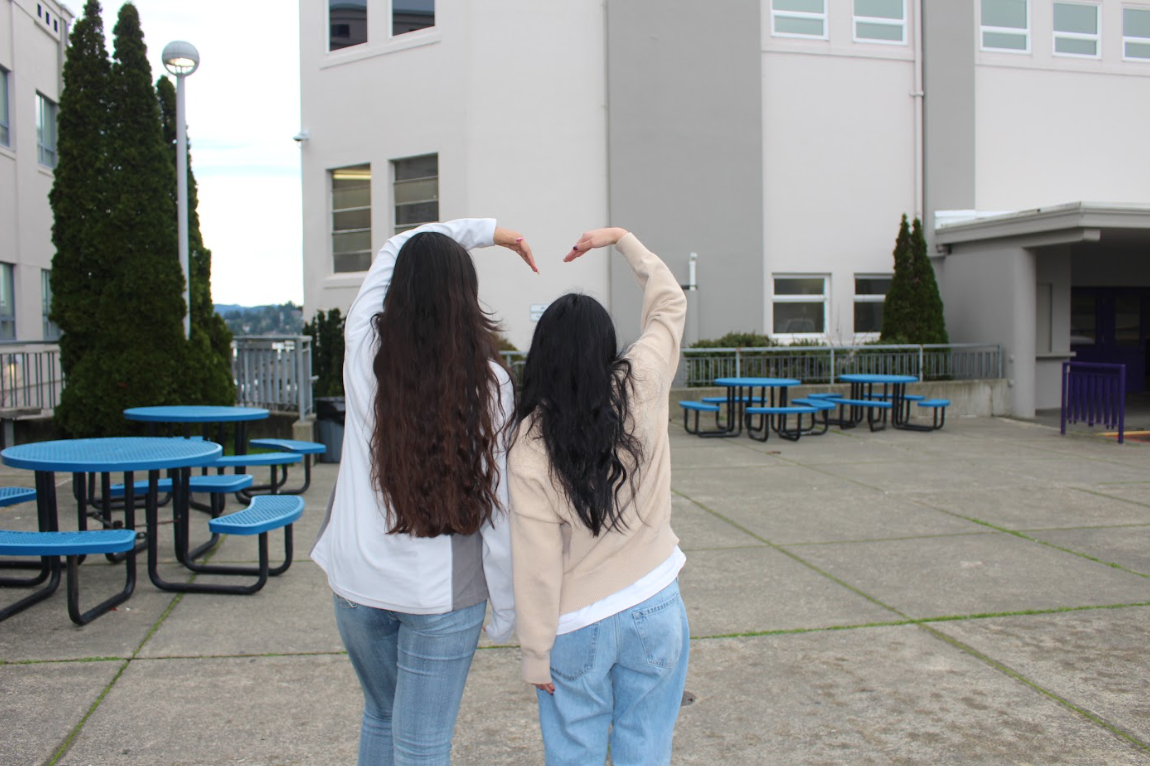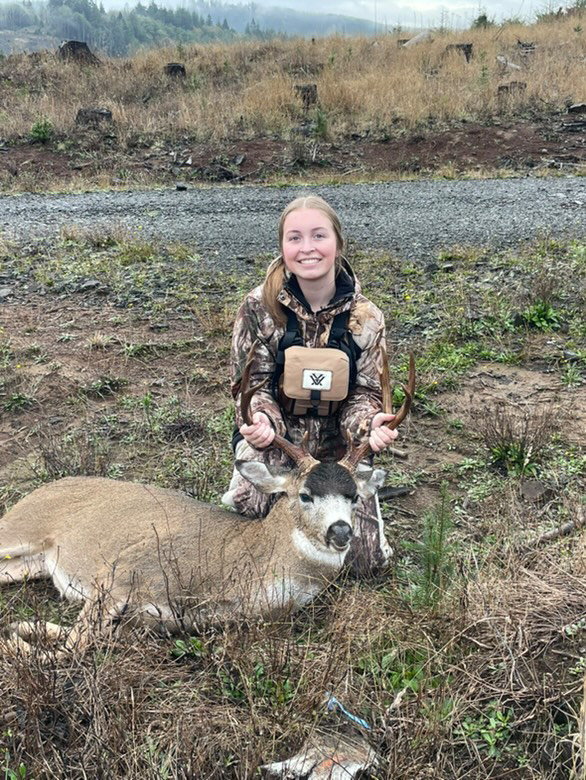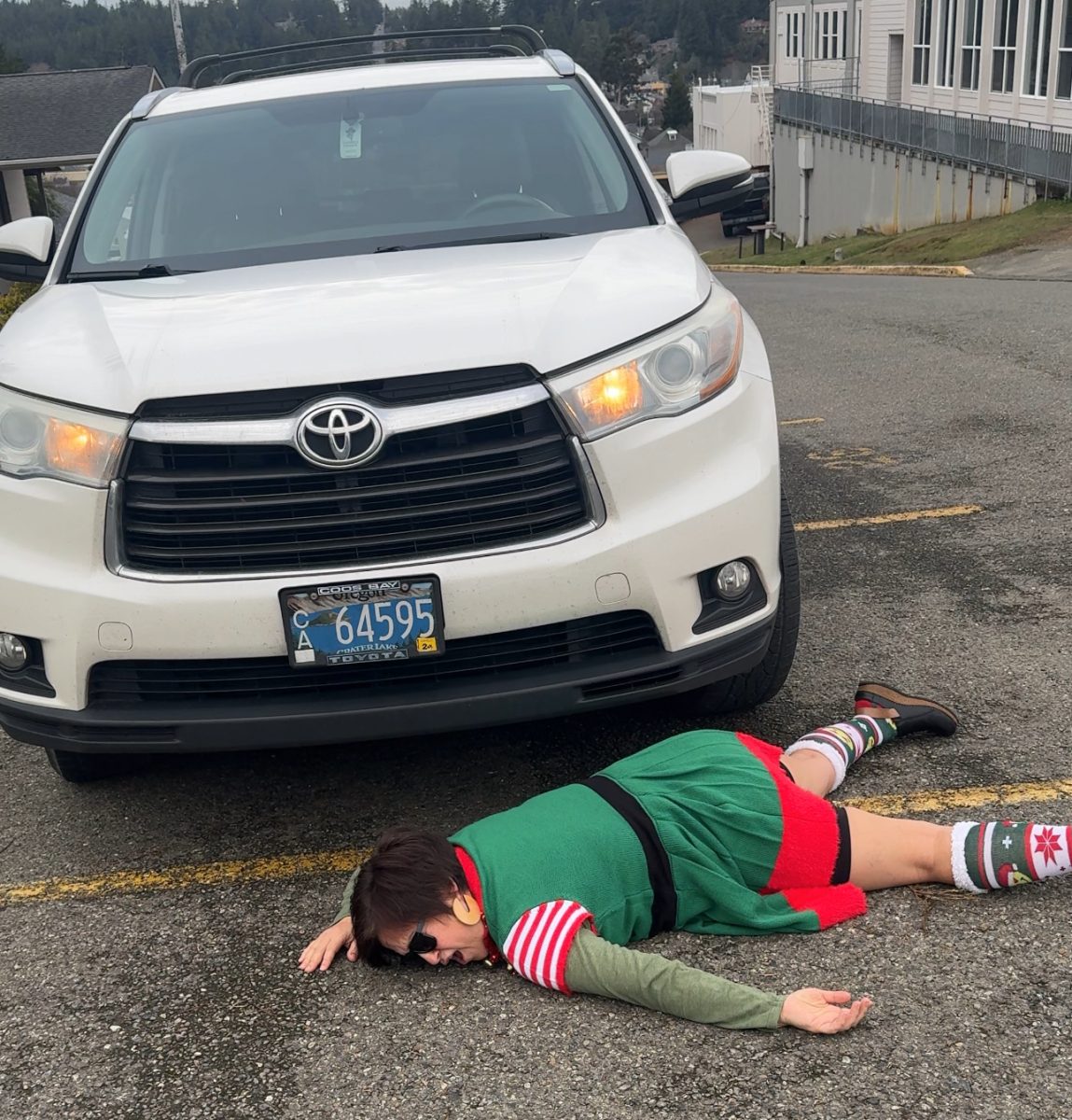What is love? Is it hit song What is love (Baby don’t hurt me) by Haddaway? Is it an uncontrollable force or do you have a choice? Is it purely spiritual or scientific? Or is it a mix of all of the above? Love has been the cause of heartbreak, wars, poetry, music, inventions and many more ugly and beautiful things.
Brain:
In your brain, love is located all throughout the organ — the hypothalamus, amygdala, VTA, and much more. All of these are in control of completely different factors of the experience of love. For an overview, the hypothalamus and amygdala are both heavily involved in emotions, though different aspects. The hypothalamus regulates emotions and is associated with the release of bonding, attachment and sexual hormones. The amygdala is the emotional processor and is linked to the emotional aspects of love: feelings of intimacy and attachment. The VTA, caudate nucleus and putamen are all involved in the brain’s reward system, contributing to positive feelings, anticipation and pleasure. Long-term relationships have more activity in the prefrontal cortex, which is in charge of decision making, social cognition and the formation of and maintaining long-term relationships. Hormones oxytocin and vasopressin also influence social aspects that are released during hugging, touching and sexual activity.
Nature:
From a survival of the fittest standpoint, love has a lot of benefits. Some even argue that the advancement of human society is due to human’s ability to love. The unconditional selflessness of love propels and develops instincts, allowing people to form alliances, families, tribes, towns, civilizations and countries. When considering reproduction, love and long-term relationships promote mutual parenting and support for offspring. In social psychology, there is an idea that love can be visualized as a triangle. Each side represents either intimacy, passion and commitment — the metaphorical sides of the triangle vary in size depending on the person. Humans are a k-selected species, meaning that they are long living, have few offspring, have a low infant mortality rate and have an extended parental care timeline. Again, family units are extremely beneficial to raising offspring. It offers more support, protection and fulfills social needs.
Society:
How you were raised, your community and culture, all shape an individual’s expression of and experience with love. Cultural influences and norms shape dating customs, how much public affection is permissible, rituals and ceremonies and other nuances. What society accepts as normal, especially in western culture, changes regionally and changes over time. In the 1920’s, dating rules were strict and chaperones were a necessity, even for adults. Now, the many stages of dating are confusing to many and hard to keep track of. The many small nuances seem like a whole new language, with less rules and structure than in the past. Many feel social pressure to get a long-term partner while others feel pressure to keep things casual. This factor varies greatly from person to person depending on their cultural background, where they live and the norms of that area.


